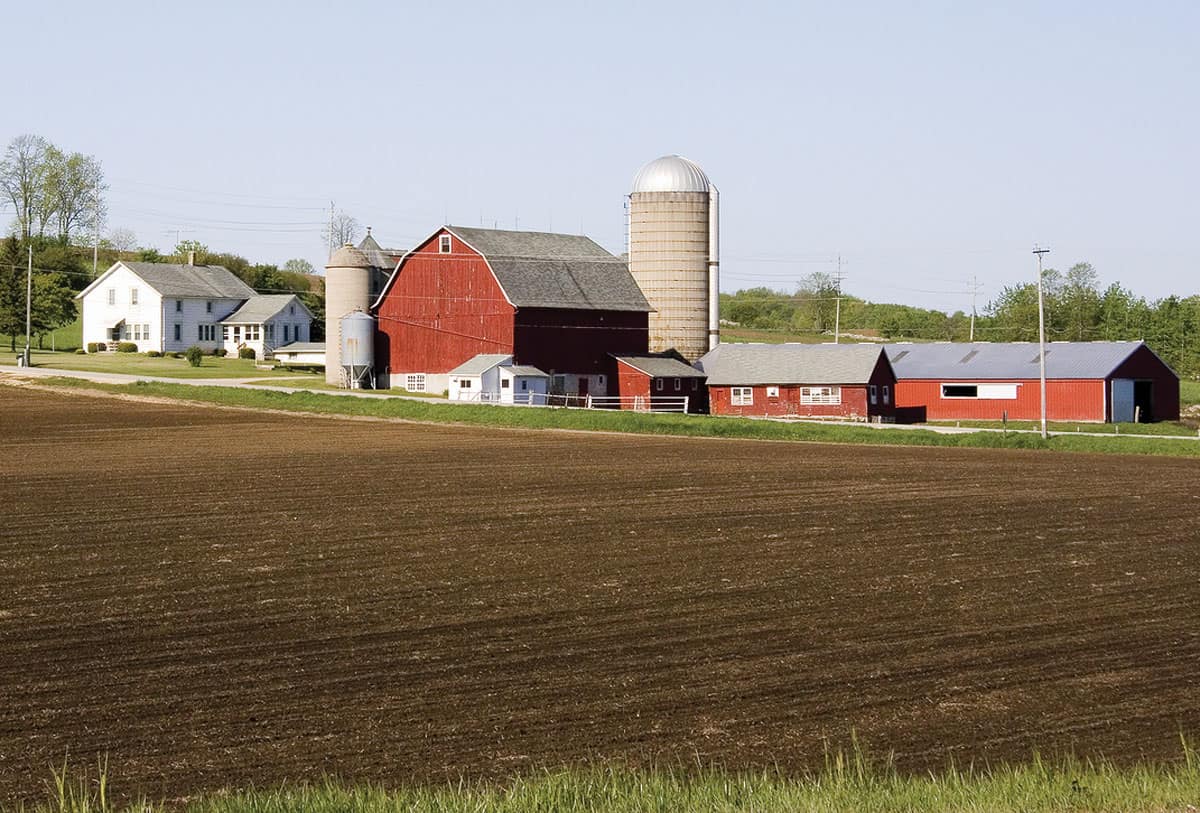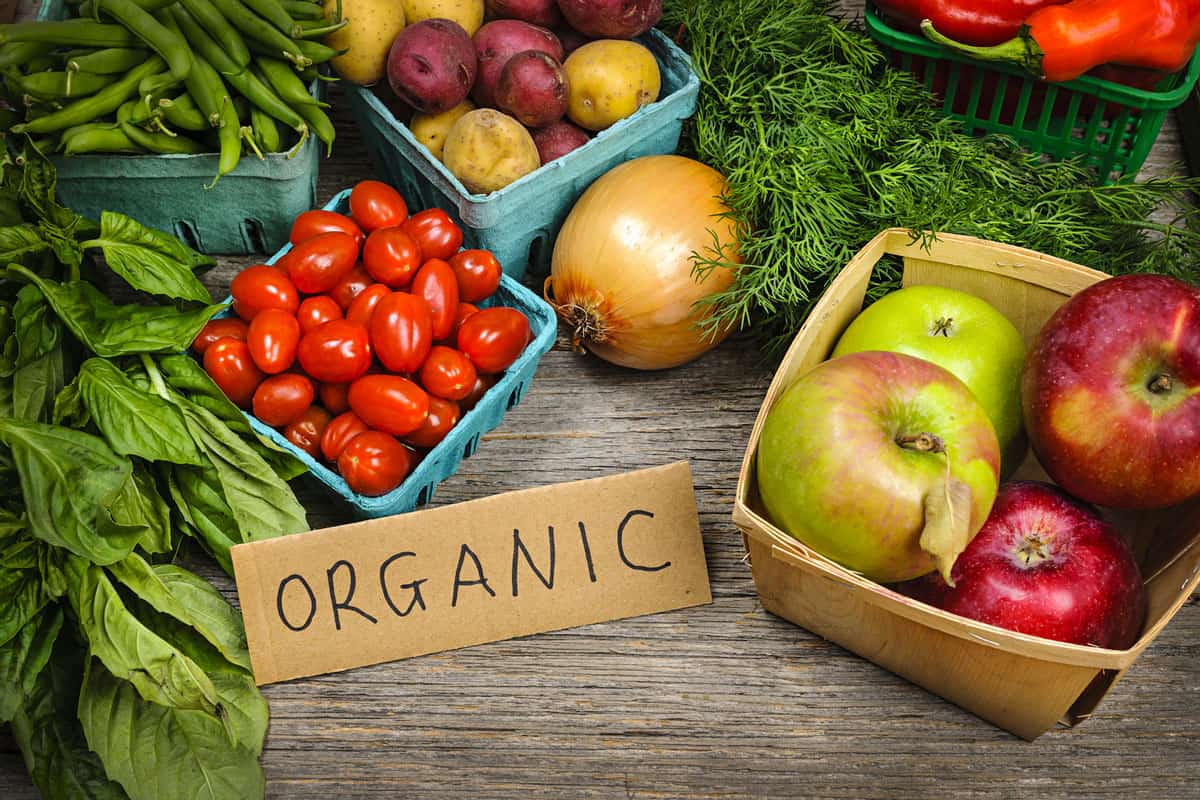Penn State's "Agricultural Alternatives" series
Helping farmers evaluate alternatives and plan for success.
by Lynn F. Kime
To meet the educational needs of small-scale and part-time farmers, Penn State’s College of Agricultural Sciences, with support from the USDA-Extension Service, the USDA-Risk Management Agency, and the Pennsylvania Department of Agriculture, has developed a set of 64 publications called “Agricultural Alternatives”. Most of the publications introduce various alternative enterprises, while others discuss important farm management and marketing topics. The enterprise publications help producers evaluate alternatives by providing unbiased information on marketing, production requirements, cost of production, and resource needs. Each four to twelve page publication also has a list of references, trade and marketing association information, and mailing and web site addresses where more information can be obtained.

Small Farm
Current farmers use these publications to decide what crops or livestock may increase their profitability. Farmers are always seeking information about diversification to hopefully increase their bottom line. Many potential farmers have some land to devote to agricultural production but do not know if their land will support their ideas for production. Many times the soil structure and topography will determine the type of enterprise they may engage in. Farmers have decided on a livestock enterprise because they have discovered by reading the publication the topography of their land is not suitable to vegetable production. While potential farmers should always choose an enterprise based on their personal interests, the publications have been used by countless people worldwide to help them make their enterprise decisions. They need to decide if the enterprise they are considering fits their potential lifestyle change.
The marketing section of the publications provides marketing options the reader may consider. Several marketing opportunities are provided for each enterprise. Potential farmers usually consider production as the most important part of an enterprise. However, the marketing stream may be the difference between losing money and profitability. By considering the marketing options outlined, they can make their marketing decision based on their passion and profitability. The interactive budgets provided assist with the profitability decision. These budgets require the user to input their income and expenses to create the final budget and the profitability or loss is calculated for the user. The reader must conduct some research to determine their costs and consider the level of production. Many times these farmers talk to local existing farmers to help with this research and this interaction with existing producers may also provide a potential mentor for the start-up farmer by developing the relationship with an existing producer.
The risk management section of the publications is used to inform the farmer what risk management strategies they should use to mitigate their risks in a risky environment. All farms face some level of risk through production and marketing. This section outlines these risks and potential tools available.
Videos of producer interviews are available on-line for some of the publications. They allow the user to hear directly from a producer of the enterprise about the advantages of the enterprise and what pitfalls a new producer may encounter. They also explain their marketing practices and outline some alternative marketing outlets may be available.
Publications covering production of a crop or livestock include links within the web page to interactive pdf format budgets that may be used to create budgets for each enterprise. There is an instructional page first followed by the budget itself. Additional budgets covering agronomic and tree fruit crops can be found at http://extension.psu.edu/business/farm/management/financial-management. These budgets are also in the pdf format.

Organic Vegetables
Over the past three years the project has issued several new and revised “Agricultural Alternatives” publications. They include farm management publications entitled Budgeting for Agricultural Decision Making, Community Supported Agriculture, Developing a Business Plan, Managing Machinery and Equipment, Owning and Leasing Agricultural Real Estate, and Understanding Your Federal Farm Income Taxes. New and recently revised enterprise publications include Organic Vegetable Production, Beef Backgrounding Production, Beef Cow-calf Production, Beekeeping, Broccoli Production, Christmas Tree Production, Cut Flower Production, Drip Irrigation for Vegetable Production, Feeding Beef Cattle, Garlic Production, Highbush Blueberry Production, Potato Production, Pumpkin Production, Red Raspberry Production, and Small-scale Egg Production (Organic and Conventional). Some “Agricultural Alternatives” publications currently being developed or revised include enterprise leaflets on swine production, white-tailed deer production, and high tunnel production. The publication Owing and Leasing Agricultural Real Estate is used by both potential farmers and land owners alike to determine lease structure and rental rates. For the farmer seeking to purchase land, this publication informs the reader of the purchase process and what to look for when seeking agricultural real estate.
Over the years the project has also developed enterprise leaflets on accelerated lambing, asparagus, peppers, bison, bobwhite quail, cantaloupes, cucumbers, dairy beef, dairy goats, dairy heifers, earthworms, elk, meat goats, milking sheep, partridges, pheasants, rabbits, red deer, snap beans, spring lambs, strawberries, sweet corn, and tomatoes. There are also publications available on fruit and vegetable marketing and irrigation for fruit and vegetable production. The publication series has also expanded to include forestry offerings including Christmas Tree Production, Managing Small Woodlots, and Maple Syrup Production. All “Agricultural Alternatives” publications can be downloaded in Adobe Acrobat (pdf) format or viewed in a web page format on-line at http://extension.psu.edu/business/ag-alternatives.
The series now also includes publications translated into Spanish. These titles (in English) include; Agricultural Business Insurance, Budgeting for Agricultural Decision Making, Broccoli Production, Developing a Business Plan, Fruit and Vegetable Marketing for Small-scale and Part-time Growers, Meat Goat Production, Pepper Production, Potato Production, Small-scale Egg Production (Organic and Conventional), Tomato Production, and Understanding Agricultural Liability. All portions of the publications are in Spanish, including any interactive budgets linked to the web page.
The Agricultural Alternatives Project is managed by Lynn F. Kime (senior extension associate in Agricultural Economics) and coordinated by Jayson K. Harper (professor of agricultural economics). If you have any questions about the Agricultural Alternatives Project, Lynn can be reached via e-mail at lfk4@psu.edu or telephone at (717) 677-6116, ext. 227.
Lynn F. Kime is a Senior Extension Associate in the Department of Agricultural Economics, Sociology, and Extension Education. Lynn can be reached at lfk4@psu.edu.


The game of position machines has developed in to an international phenomenon with casinos throughout the world giving a number of incentives and bonuses to people of each caliber. There are numerous on the web casinos that giving “sport reset” bonuses to their position players, wherein people might money in any bonuses they have gained on position machines situated in other nations, as an example, a person could get dual the benefit money if he or she can money in advantage gained on an Irish casino. Furthermore, some on line casinos present players “points” process when a particular amount of benefit points may be accumulated. These advantage items might then be redeemed for a variety of goods and services.
https://twitter.com/cyberhe87297443/status/1409963199970091015
These publications seem incredibly valuable for farmers navigating the complexities of agricultural enterprise. The comprehensive information provided from production to marketing to risk management appears to be a crucial resource for both established and aspiring farmers alike.
Heat Pump Services in Chester County